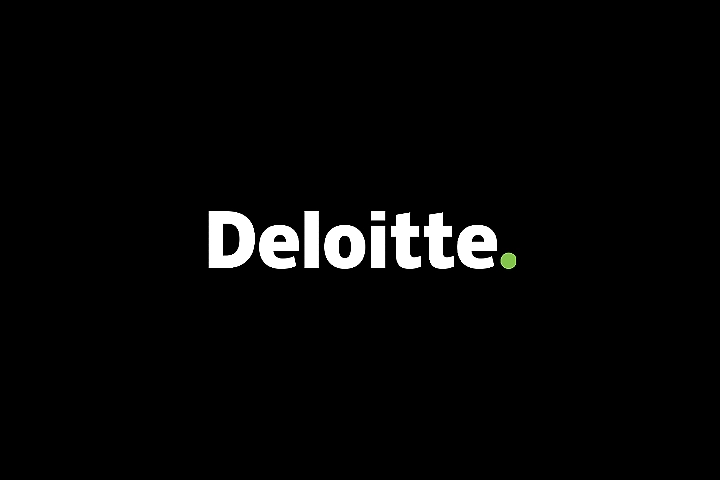Algorithm & AI Assurance
The growing use of algorithms and Artificial Intelligence
Algorithms have become fundamental for the operations of many organisations in the modern business environment. Combined with accelerated advances in Artificial Intelligence (AI), the broadened scope of algorithm use allows businesses now more than ever to unlock increased operational efficiencies, from enhanced customer experience to targeted strategic planning. Assurance is rising to the fore in the context of these technological developments to ensure risks created by algorithms and AI are appropriately managed and to respond effectively to magnified interest from regulators and the public alike.
Whilst many benefits can come from leveraging the power of algorithms within your business, there remains the real threat that the inappropriate use, or ineffective management, of these systems can significantly increase the organisation’s exposures to legal, regulatory and operational risks. Recent years have witnessed first-hand the consequences of defective algorithm risk management and the reputational, regulatory and financial damage that can be caused.
An increasing gravitation towards Artificial Intelligence systems has marked a departure from the traditional operation of algorithms and a shift in the associated risks that these now pose to the market. Customer interactions driven by chatbots, healthcare screenings powered by AI or fraud detection in consumer spending habits monitored using Machine Learning all carry consequences of direct consumer harm and yet these risks are often unknown to the end user. For a technology where the playing field is constantly evolving, incoming regulation calls more for a focus on validation of AI development beyond simple algorithmic control assessments.
Market disorder and consumer harm remain at the core of public scrutiny over the use of algorithms and AI, forcing regulators and those charged with governance to consider how they are being identified, used, controlled and managed. A robust algorithm control environment is fundamental to good algorithm risk management, ensuring regulatory compliance and assessing ongoing Artificial Intelligence system integrity. To examine if algorithms are operating as expected there is an increasing need for assurance over organisations’ management of these risks; this should ask the question of whether the algorithm still addresses the initial objective post-deployment and provide confidence over the management of regulatory, operational and/or financial risk.
Leveraging our extensive industry experience, garnered across a broad client base within the Financial Services sector and beyond, Deloitte’s Algorithm Assurance Practice has developed its own proprietary approaches and toolkits rooted in the latest technological and regulatory developments. Leveraging these materials and the team’s expansive skillset, we’re well-placed to provide assurance over algorithm and AI technology, risk management and governance environments in organisations of all size.
The team
Our specialist team holds extensive experience assisting organisations in identifying and understanding how they use their algorithms and other AI systems in a broader business context. We can challenge related governance and oversight practices, examine the adequacy of algorithm policies and procedures, as well as support to identify, manage and mitigate associated risks. Bringing together audit, finance, regulatory and industry professionals, alongside engineers and data scientists, the team is also well-placed to comprehensively support with specific technical algorithm review activities as part of a wider algorithm and AI assessment against industry best-practice and regulatory requirements.

Our thinking
Opens in new window







